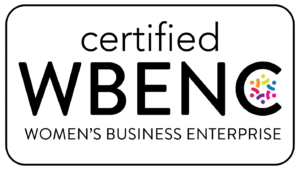As the pandemic and its effects drag on, many people are moving from feeling stressed to being completely burned out in their professional and personal lives. Stress and burnout can impact employees—despite their position/title—and can carry over to home life.
Here are a few habits to consider implementing to help reduce stress:
1) Get a Good Night’s Sleep! According to Dr. Michael Twery, Director of the National Center on Sleep Disorders Research (NCSDR), sleep affects almost every tissue in our bodies including:
- Growth and stress hormones
- The immune system
- Appetite
- Breathing
- Blood pressure
- Cardiovascular health
Doctors have long attributed a lack of sleep to the increased risk for obesity, heart disease, and a number of infections.
2) The Gift of Life! The moment you wake up, try to focus on the gift you’ve received for a brand new day. Embrace the idea that today is filled with opportunity and your productivity will benefit yourself, your employer, co-workers, family, and the community. Make a conscious effort to create joy the very moment you awake. Avoid mentally drifting into the difficult moments of the past—you’ll introduce yourself to a “worry” mindset.
Worry has a physical impact on the body:
- Muscle tension
- Digestive disorders
- Attack on the immune system
- Headaches
- Fatigue
3) Focus! Practice centering your attention on the matter(s) at hand; it is a great way to ignore distractions. Think strategically, avoid multi-tasking, and take on the day with a positive frame of reference.
4) Make Space! Distance yourself from problems or situations. Distancing doesn’t mean you don’t care, it means you and your mind are unavailable to worry—about anything.
5) Let Go! Release negative emotions surrounding situations, people, or issues. A fatalistic mental loop replay can keep you trapped in bleak emotions and entangle you in an uncomfortable web of negativity.
Peak performance in the workplace depends on good mental health. Stress and burnout will stifle your creativity and ability to make excellent decisions. Great mental health habits are key to remaining calm and relaxed.
If your struggle with life is beyond self-help, many resources are available to assist you. We encourage you to reach out to professionals who care about your well-being.
In the comments below share your tips for reducing stress and remember…make it a great day!






